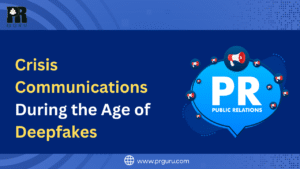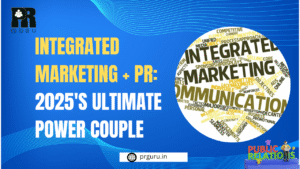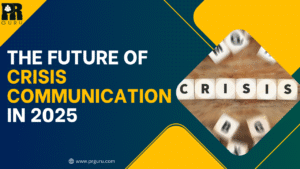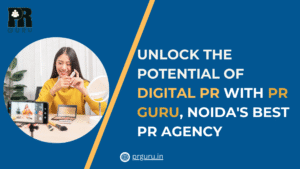Building Your Ultimate Media Network: How to Get the Right Coverage with the Right Contacts
Why Media Relationships Matter in PR
By PR-Team | May 2, 2025 | Public Relations
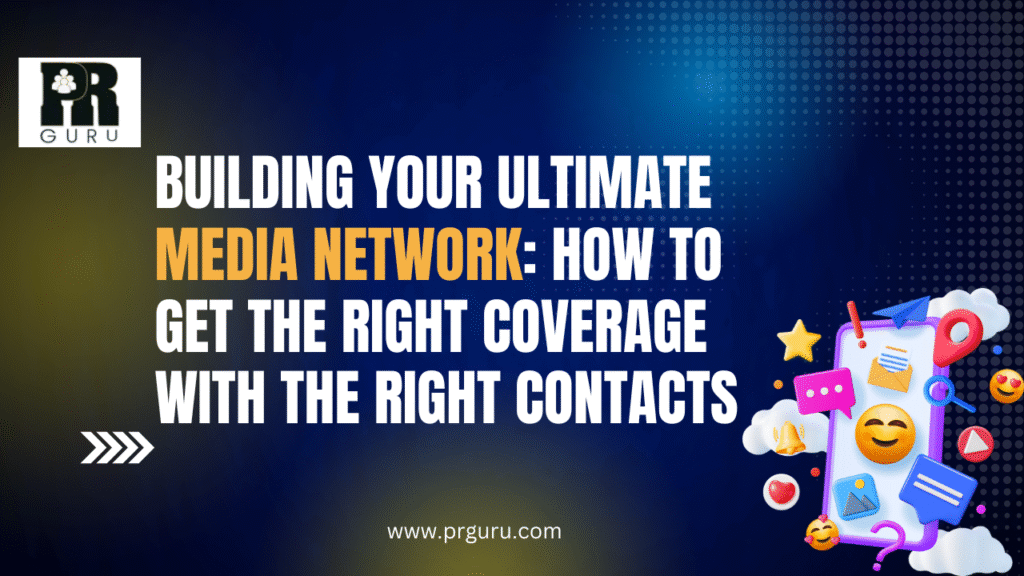
Developing and cultivating a robust media network is an excellent secret sauce for achieving effective coverage in the public relations arena. For PR professionals and brands, it is either getting in touch with the right journalists, editors, or influencers that make or break a campaign. Let’s explore the art and strategy of building a fantastic media network and how to use it for effective media coverage.
Why Media Relationships Matter in PR
Media coverage isn’t publicity; it’s credibility. When you get covered by a credible reporter or publication, that builds authority and trust. A solid media network guarantees:

Access to Opportunities: Direct contact can result in exclusive features, interviews, and event coverage.
Tailored Storytelling: Establishing a rapport enables you to pitch a story that means something to an individual journalist.
Crisis Communication: A trustworthy media contact can help relay your share of the story when crisis moments emerge.
How to Make the Most of a Functional Media Network

1. Identify the Proper Contacts
The beginning is to know whom to call. Not all journalists fit your brand’s narrative.
Research Niche Journalists: Identify reporters covering your industry or topics related to your brand. Tools like Muck Rack, Cision, or Google News can help.
Follow Influential Bloggers and Influencers: Today, the influencers have a greater say as compared to traditional journalists in today’s media world.
Segment Your Media List: Sort your contacts into interest categories, medium of communication (preferred print, digital, or TV), and their audience demographics.
2. Form Connections Prior to Needing Them
Engage prior to pitching. Get to know the media professionals. Approach and be nice, warm, and approachable:
Follow on Social Media: Post compliments on their articles, retweet their content, and send engaging messages.
Participate at Industry Events: Networking events, press events, and media events are ideal for in-person encounters.
Provide Value: Send research, insights, or trends pertinent to their beats.
3. Create the Ideal Pitch
An effective media pitch is brief, targeted, and personalized.
Understand Their Tastes: Make the pitch as similar as possible to their style and format.
Hook Them First: Begin with an interesting headline or angle that intrigues them.
Offer Supporting Documents: Provide press releases, strong visuals, and links to more information.
4. Remain Organized
Handling your media contacts in a smooth manner prevents an opportunity from getting away from you.
Use a CRM Tool: Tools such as HubSpot or Nimble can be used to track interactions and follow-ups.
Keep an Updated Media List: Reporters often switch jobs or publications, so update your database.
Set Reminders: Check in with important contacts every now and then for news or story ideas.
5. Be Consistent

Persistence without being pushy is the key to getting covered.
Polite Follow-Up: If no response, send a polite reminder in 3-5 days.
Submission Based on Feedback: If your pitch is not accepted, request feedback and improve your approach.
Mistakes to Avoid
Bulk emailing: Most generic pitches are headed into the circular file. Personalize it.
Ignoring Deadlines: Respect the journalist’s timelines and plan your outreach accordingly.
Lack of Research: Pitching irrelevant stories can harm your credibility.
How to Leverage Your Media Network for Coverage
Once you’ve built a strong network, use it wisely.
Exclusive Stories: Grant key contacts exclusivity on major announcements or features.
Collaborate on Content: Partner with journalists to produce co-branded content such as opinion pieces or expert quotes.
Share Timely News: Provide your audience with breaking news or insights they can use today.
The Long Game: Building Media Relationships
Building media relationships is not overnight work; it requires time and effort.
Celebrate Their Success: Comment on them winning awards, being promoted, or writing outstanding pieces.
Give Unwanted Advice: Give advice or information without anticipating anything in return on behalf of your brand.
Show Appreciation: Express appreciation through a thank-you note or gift after a successful mention.
Conclusion
Constructing your media network is an investment in your brand’s future. As a PR expert, never lose sight of the fact that for media people, being themselves, being relevant, and being respected are essential. Coming to them in good faith for collaboration instead of promotion gets the long-term partnership and effective media coverage underway.
PR is strong in what you do not say but in whom you permit to repeat your message. You must strategically construct your media network so that you watch your brand skyrocket to the top.
Also Read: Top 5 Tips to Elevate Your Media Pitch and Make a Lasting Impression
Ready to take your PR strategy into 2025 and beyond? Visit PRGuru.in to find out how we can partner together to make your brand unforgettable.
Build authority, trust, and engagement with the right PR moves! Follow PR Guru on LinkedIn for expert tips, success stories, and industry trends


